|
When babies take their first steps, they wobble and they often fall. With help and practice they begin to take steps by themselves. Before long they are running and they are able to hop, skip, and leap over things. Baby steps lead to bigger steps. That is true in all areas of life including Math. The basic facts are the baby steps that lead to more complex and abstract skills. Once the basic steps are mastered, it is time to move on to more complex problems using double and triple digit numbers. Complex problems can be daunting, but the good news is that there are many strategies that can help. Looking for tensThis strategy involves breaking down the big numbers into smaller, more manageable ones. We search for numbers that can easily be combined or subtracted in groups of ten. Finding pairs of numbers that add up to ten make calculations easier. It's like a treasure hunt where we search for numbers that can make adding and subtracting easier and use that knowledge to solve more challenging problems. Using A Number LineNumber lines are a great tool for addition and subtraction. They provide a visual representation to help with seeing how numbers relate to each other. Kids can see the steps needed to get from one number to another and it helps them to understand more complicated calculations as they hop to the answers. Regrouping Using Base Ten Blocks And MoneyRegrouping is another strategy used when working with larger numbers. Using base ten blocks as you practice this skill will help with visualizing why we regroup and what it really means. Regrouping is really just trading ones for tens or tens for ones which helps to make calculations easier. Once the concept of regrouping is understood there are several other ways to help with remembering how it works. My favorite is banking. I teach my kids to take 10 pennies and trade them for a dime when adding. If they don't have enough pennies when doing subtracting, I tell them to go to the bank and trade a dime in for 10 pennies. As they move on to 3 digit addition and subtraction I tell them that 10 dimes makes one dollar so they can trade dimes for dollars or dollars for dimes when doing their calculations. Working With Expanded Notation And Combining PartsWe also have expanding notation which allows us to break down numbers into their individual digits. This helps us to see the value of the individual digits and it also helps us to add similar values. We can also use expanding notation for figuring out subtraction. See the image below for an explanation and example. Standard Algorithm For AdditionMany of us grew up with an algorithm for addition. This is still valid today, but it is important to understand how it works and what we are actually doing when we use it. Most often we stack the numbers one under the other and make sure that the digits line up. The ones would be added and then the tens would be added. For regrouping, you would need to carry the extra tens and add them to the tens column. See the images below for an example. Standard Algorithm For SubtractionThe standard algorithm for subtraction works the same way, but when regrouping we need to take from the tens column and add it to the ones column when we don't have enough ones to do the subtraction. See the images below for some examples. Anchor Charts For Addition And SubtractionWhen learning the basic facts for addition and subtraction, many strategies are taught and practiced. Each person will have some strategies that work well for them and they can apply these strategies to more complex questions. Get a free copy of these anchor charts by signing up for my newsletter. If you are interested in some practice worksheets to go along with the different strategies, check them out here. I hope you find these tips helpful as you continue to guide your students through the complexities of math. Related PostsComments are closed.
|
About Me Charlene Sequeira
I am a wife, mother of 4, grandmother of 9, and a retired primary and music teacher. I love working with kids and continue to volunteer at school and teach ukulele. Categories
All
|


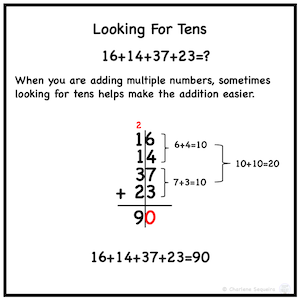
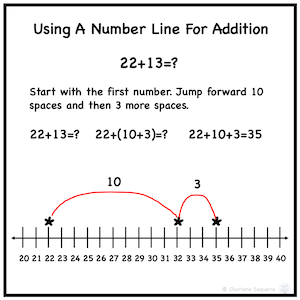
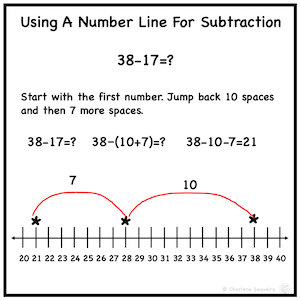
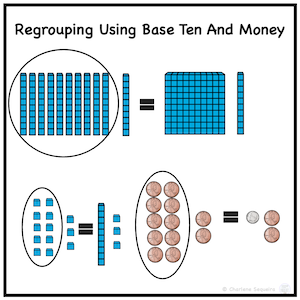
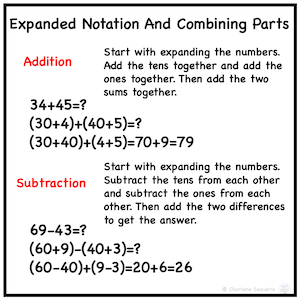
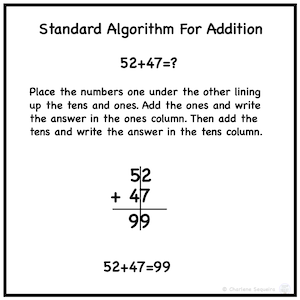
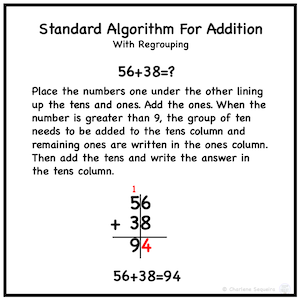
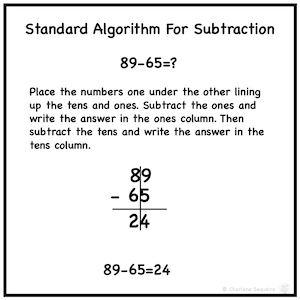
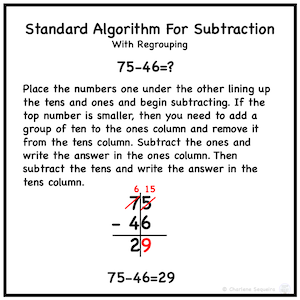
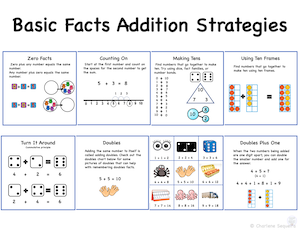
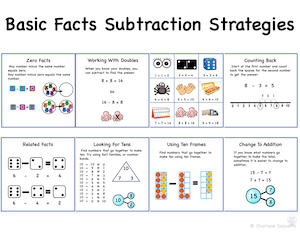
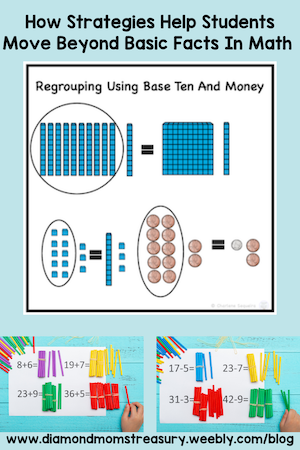


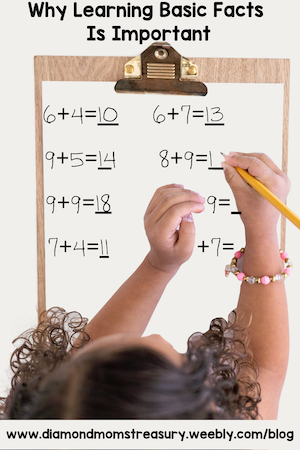
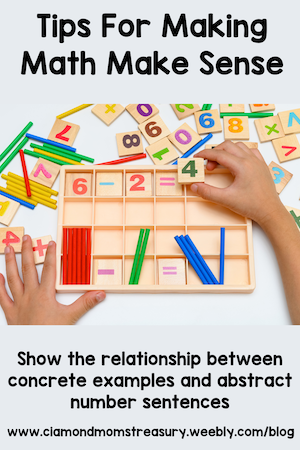



 RSS Feed
RSS Feed